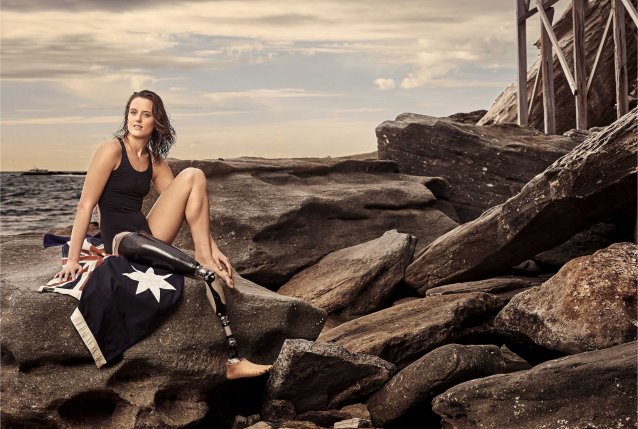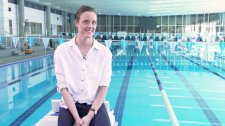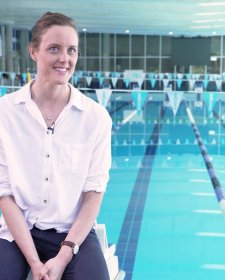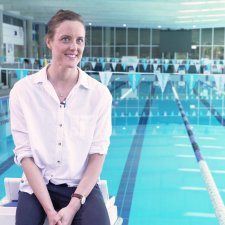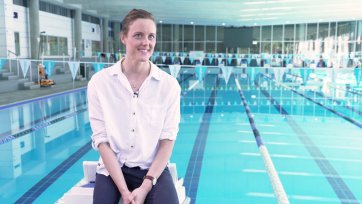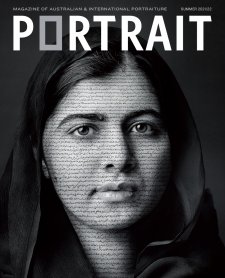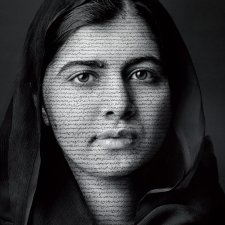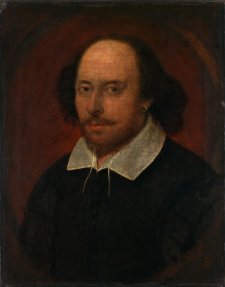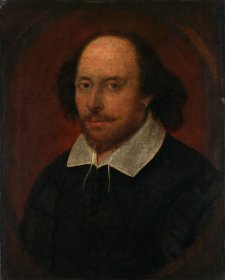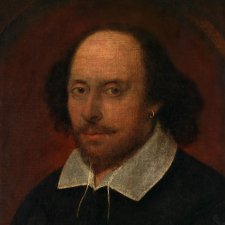For me, swimming was particularly special because it was the only sport that I could participate in as a kid where I could take my prosthetic leg off, jump in the water, and I could be the same as all the other kids. And then I found after a while that I could actually be better than most of my friends at that sport. It gave me a really great platform to show all of my friends at school that I could still achieve things in a physical sense, because I definitely wasn’t running up and down beside them in the playground, but get me into a pool, and I’ll beat you.
The pool was definitely a great place of freedom, but it was where I learned how to back myself, how to be resilient, how to show the world what I could do. And then I found my way onto the Paralympic team with that exact same attitude and have since seen how the Paralympics can show the world what their athletes can do.
Being a Paralympian is the best job in the world. The most proud that I’ve ever been is when I won my gold medal in the 100-metre backstroke at Rio, because I had been racing for nine days, and I’d been chasing gold medals, but I’d always be getting touched out and getting silver, which is still great. But I got to day nine, and I had one last chance to win a gold medal. And I was so stressed out before the event that I locked myself in a toilet cubicle and had a mild panic attack and didn’t think that I could go out there and race. And I got myself out of the toilet cubicle, and I walked onto the pool deck. And I jumped in, and I won the race. It was the greatest moment ever.
I did that photo shoot with Peter right before the Rio Paralympic Games. And it was a moment where we really wanted to showcase the athletes of Australia that were going to the Olympics and the Paralympics. I always dreamed of being a mermaid when I was younger. So to be able to capture that in a portrait, as well as the strength and showcasing my disability as well and combining that into my childhood dream, with the inclusion of being strong and powerful, was a really great photo for me. I always look at it and think, “That’s not me”. But it is. It’s just beautiful. To be able to just showcase my disability is something that I can’t really put into words.
When I was younger, I never saw people or role models that had a disability. It’s really a dream come true, just to be able to show the world that you can still be a mermaid. You can still have a disability. You can still be a Paralympian. You can do whatever you like.
